Shivendra S. Panwar
Can 5G NR Sidelink communications support wireless augmented reality?
Oct 03, 2023
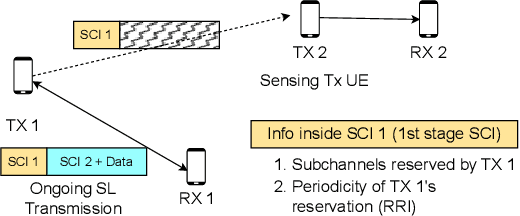
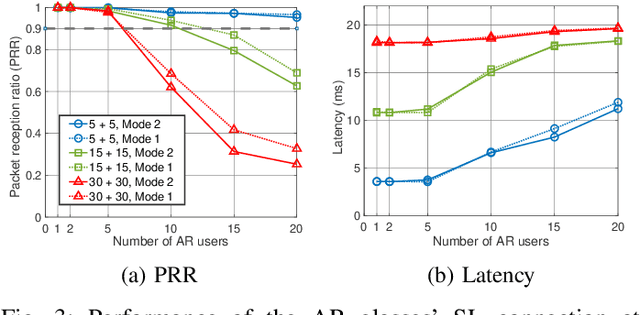

Abstract:Smart glasses that support augmented reality (AR) have the potential to become the consumer's primary medium of connecting to the future internet. For the best quality of user experience, AR glasses must have a small form factor and long battery life, while satisfying the data rate and latency requirements of AR applications. To extend the AR glasses' battery life, the computation and processing involved in AR may be offloaded to a companion device, such as a smartphone, through a wireless connection. Sidelink (SL), i.e., the D2D communication interface of 5G NR, is a potential candidate for this wireless link. In this paper, we use system-level simulations to analyze the feasibility of NR SL for supporting AR. Our simulator incorporates the PHY layer structure and MAC layer resource scheduling of 3GPP SL, standard 3GPP channel models, and MCS configurations. Our results suggest that the current SL standard specifications are insufficient for high-end AR use cases with heavy interaction but can support simpler previews and file transfers. We further propose two enhancements to SL resource allocation, which have the potential to offer significant performance improvements for AR applications.
Tomography Based Learning for Load Distribution through Opaque Networks
Jul 18, 2020



Abstract:Applications such as virtual reality and online gaming require low delays for acceptable user experience. A key task for over-the-top (OTT) service providers who provide these applications is sending traffic through the networks to minimize delays. OTT traffic is typically generated from multiple data centers which are multi-homed to several network ingresses. However, information about the path characteristics of the underlying network from the ingresses to destinations is not explicitly available to OTT services. These can only be inferred from external probing. In this paper, we combine network tomography with machine learning to minimize delays. We consider this problem in a general setting where traffic sources can choose a set of ingresses through which their traffic enter a black box network. The problem in this setting can be viewed as a reinforcement learning problem with constraints on a continuous action space, which to the best of our knowledge have not been investigated by the machine learning community. Key technical challenges to solving this problem include the high dimensionality of the problem and handling constraints that are intrinsic to networks. Evaluation results show that our methods achieve up to 60% delay reductions in comparison to standard heuristics. Moreover, the methods we develop can be used in a centralized manner or in a distributed manner by multiple independent agents.
Realtime Scheduling and Power Allocation Using Deep Neural Networks
Nov 18, 2018
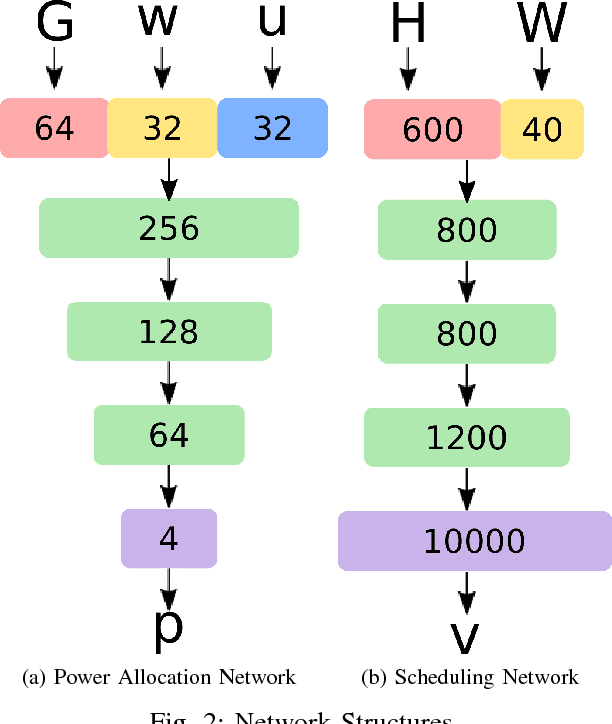
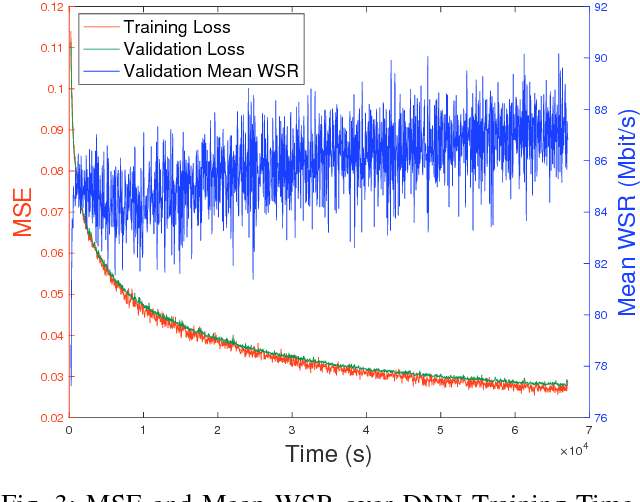
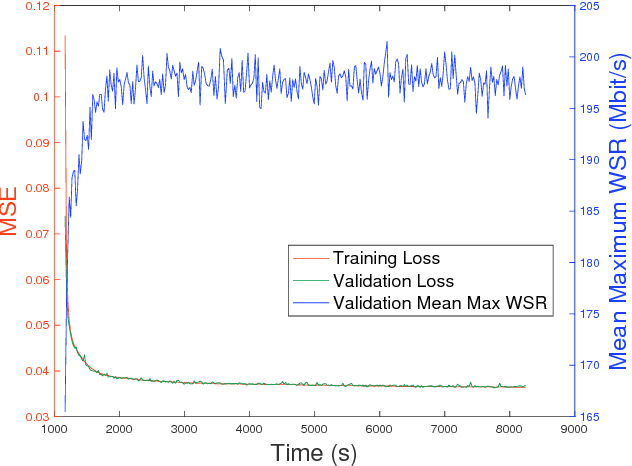
Abstract:With the increasing number of base stations (BSs) and network densification in 5G, interference management using link scheduling and power control are vital for better utilization of radio resources. However, the complexity of solving link scheduling and the power control problem grows exponentially with the number of BS. Due to high computation time, previous methods are useful for research purposes but impractical for real time usage. In this paper we propose to use deep neural networks (DNNs) to approximate optimal link scheduling and power control for the case with multiple small cells. A deep Q-network (DQN) estimates a suitable schedule, then a DNN allocates power for the corresponding schedule. Simulation results show that the proposed method achieves over five orders of magnitude speed-up with less than nine percent performance loss, making real time usage practical.
 Add to Chrome
Add to Chrome Add to Firefox
Add to Firefox Add to Edge
Add to Edge